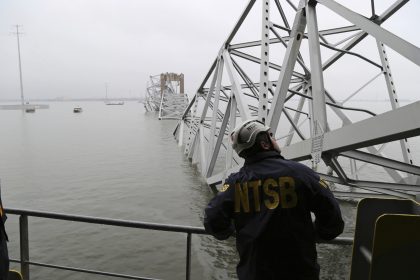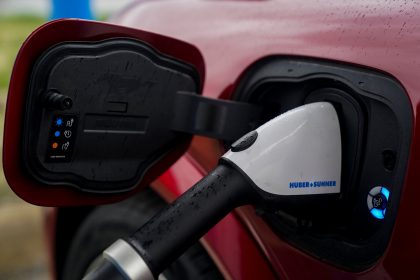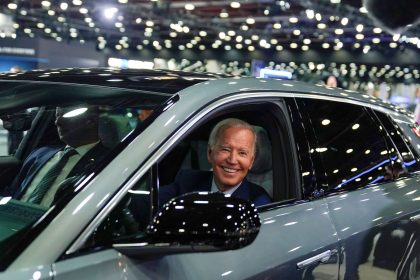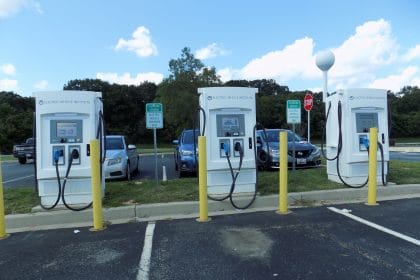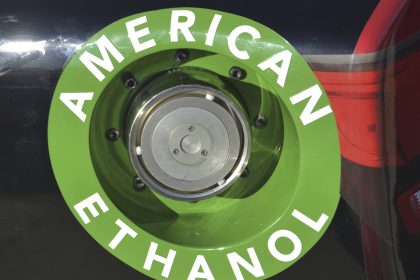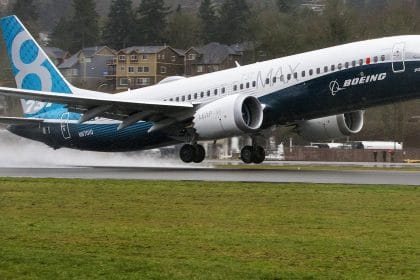Report Outlines Challenges to Electrifying US Truck Fleet
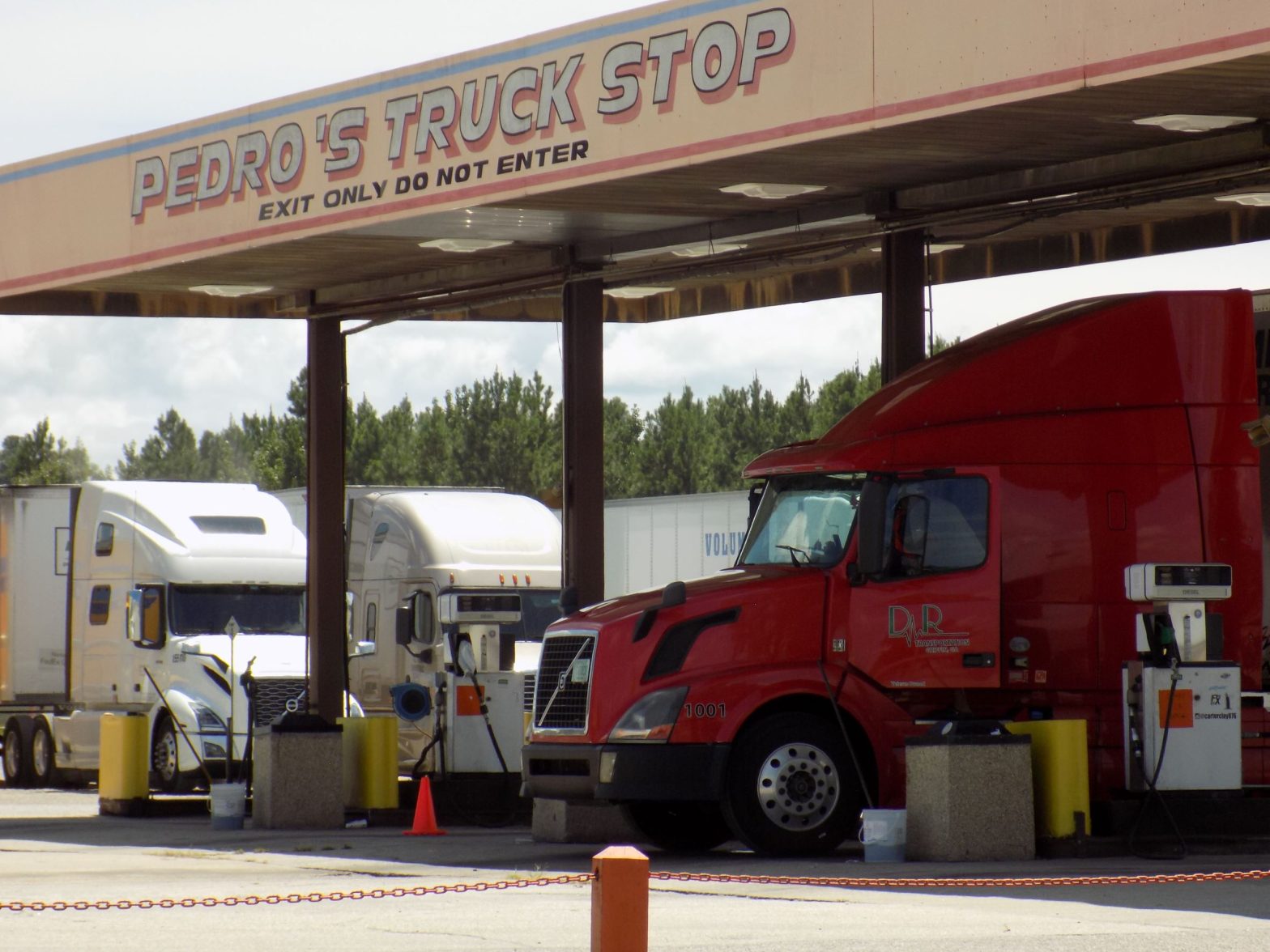
WASHINGTON — Electrification of all vehicles in the U.S. would use about 40% of the electricity currently being generated across the country, with the domestic long-haul trucking industry accounting for about 10% of that energy use, according to a new report.
In addition, the report from the American Transportation Research Institute, the trucking industry’s 501(c)(3) nonprofit research organization, said some states would likely need to generate as much as 60% more electricity than they do currently to meet the demand.
And these numbers might be slightly low, because for the purpose of the study the ATRI defined the U.S. vehicle fleet as including all trucks, cars, SUVs and pickups, but excluding buses and motorcycles.
ATRI’s analysis also sought to quantify the tens of millions of tons of cobalt, graphite, lithium and nickel that will be needed to replace the existing U.S. vehicle fleet with battery electric vehicles, placing high demand on raw materials.
Depending on the material, the report said, electrification of the U.S. vehicle fleet would require 6.3 to 34.9 years of current global production. This is the equivalent of 8.4% to 64.4% of global reserves for just the U.S. vehicle fleet.
Finally, it was found that charging the nation’s long-haul truck fleet will prove challenging, partially due to the ongoing truck parking crisis.
Current technology will necessitate more chargers than there are truck parking spaces in the U.S., with hardware and installation costs of $112,000 per unit, or more than $35 billion systemwide.
Commenting on the findings, Srikanth Padmanabhan, president, Engine Business, Cummins Inc., said carbon-emissions reduction is a top priority of the U.S. trucking industry, and feasible alternatives to internal combustion engines must be identified.
That said, Padmanabhan believes vehicle electrification in the U.S. remains a daunting task that goes well beyond the trucking industry.
“Utilities, truck parking facilities and the vehicle production supply chain are critical to addressing the challenges identified in this research,” he said. “Thus, the market will require a variety of decarbonization solutions and other powertrain technologies alongside battery electric.”
The report concludes that while there are certain instances in which the trucking industry can use battery-powered trucks, a completely new charging infrastructure will be critical to increasing their adoption by the trucking industry.
The research also suggests that existing raw material mining for BEV batteries will likely need to be re-sourced with an emphasis on domestic mining and production.
Dan can be reached at [email protected] and at https://twitter.com/DanMcCue



















